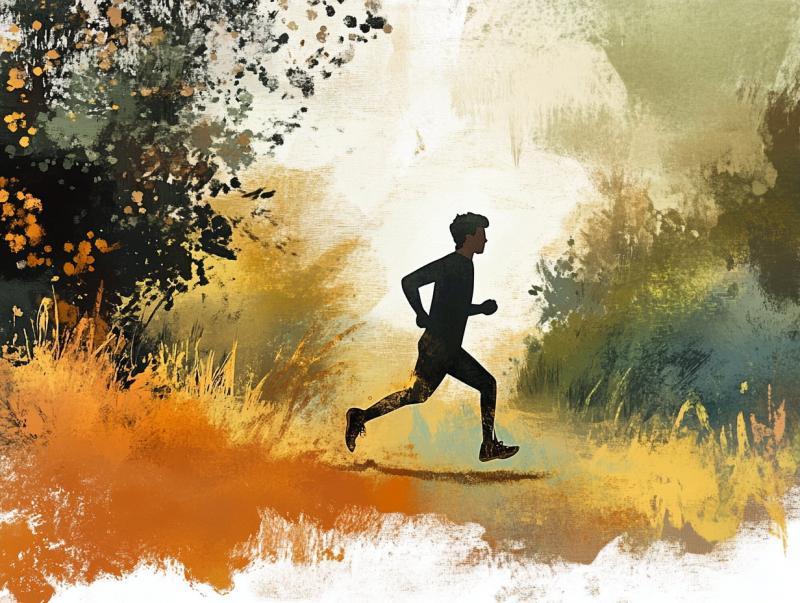Pranayama is an ancient yogic practice that focuses controlled breathing to balance mind and body. Ancient breathing techniques or Pranayama, have proven to reduce cortisol levels, regulate the autonomic nervous system, and improve heart rate variability. Beyond physiological benefits, breathing techniques have emerged as simple yet powerful tools to restore balance, clarity, and inner calm.
Stress, anxiety and mental fatigue have become common in today’s fast paced world. While modern medicines can offer stress management, natural practices are a more widely accepted means to relieve stress. Ancient breathing techniques or Pranayama, have proven to reduce cortisol levels, regulate the autonomic nervous system, and improve heart rate variability. Beyond physiological benefits, breathing techniques have emerged as simple yet powerful tools to restore balance, clarity, and inner calm. Take a look
What is Pranayama?
The word is derived from Sanskrit, wherein, ‘Prana’ means life force and ‘Ayama’ means control or expansion. Pranayama is an ancient yogic practice that focuses controlled breathing to balance mind and body. By conscious regulation of breath, one can reduce stress, enhance mental clarity, and improve lung function. Below are 5 ancient breathing techniques that can provide profound benefits to exhale the modern worries.
1. Anulom Vilom
Research shows that regular practice of Anulom Vilom can enhance cognitive functions. To practice Anulom Vilom, close the right nostril with the right thumb and inhale deeply through the left nostril.
To complete one cycle, close the left nostril with your right ring finger, release the right nostril, and exhale through it. Inhale through the right nostril, close it, and exhale through the left.
2. Bhramari
Studies show Bhramari breathing practice enhances blood circulation and improves concentration. To practice Bhramari, sit in a comfortable position and close your eyes and ears by pressing the cartilage of the ears with the thumbs. Inhale deeply and make humming sounds like a bee while exhaling.
3. Kapalabhati
This breathing technique is often referred to as the ‘breath of fire’ because of its dynamic execution. Kapalbhati involves rapid, forceful exhalations through the nose, followed by passive inhalations. Research shows Kapalabhati practice can modulate vagal tone or parasympathetic activity leading to improved breathing.
To practice Kapalbhati, take a deep breath in and exhale forcefully through the nose, pulling the abdomen inward. Allow the inhalation to occur passively and repeat this process rapidly.
4. Sitali
To perform, roll the tongue into a tube and inhale deeply through the mouth, feeling the coolness, then exhale through the nose.
Research insights from NIH show that Sitali Pranayama can significantly maintain blood pressure and heart rate in hypertensive individuals. Another research indicates that Sitali pranayama can lower body temperature.
5. Chandra Bhedana
This Pranayama involves inhaling through the left nostril and exhaling through the right nostril. This practice is believed to activate the parasympathetic nervous system. Research shows Chandra Bhedana leads to immediate decreases in heart rate and systolic blood pressure, which leads to the activation of PNS.
Incorporating these Pranayama techniques in daily habits can offer a natural and effective way to manage stress and maintain overall health.


